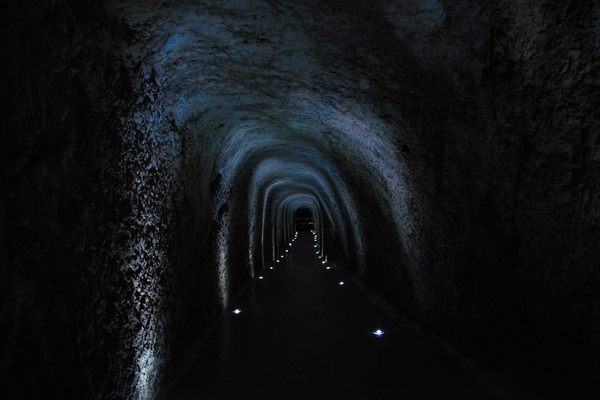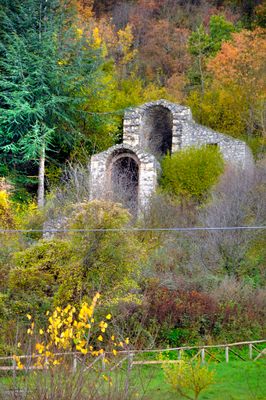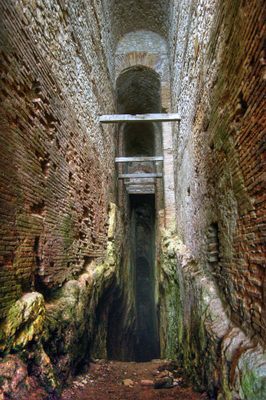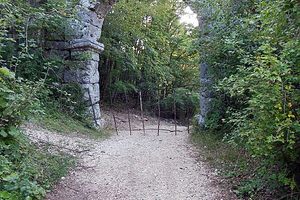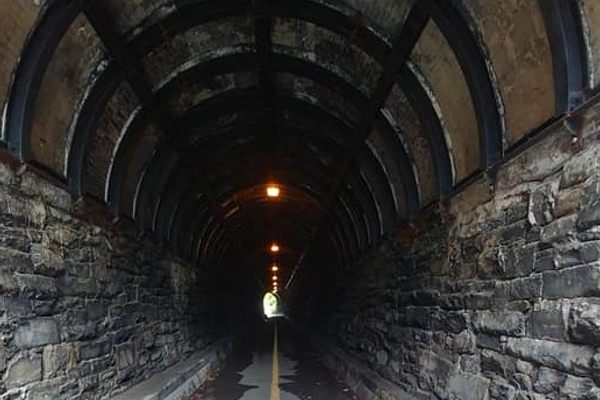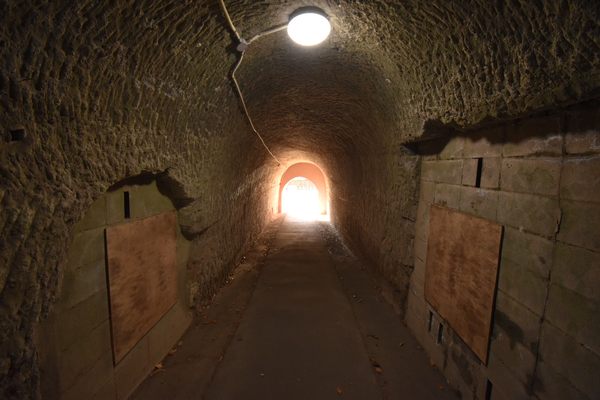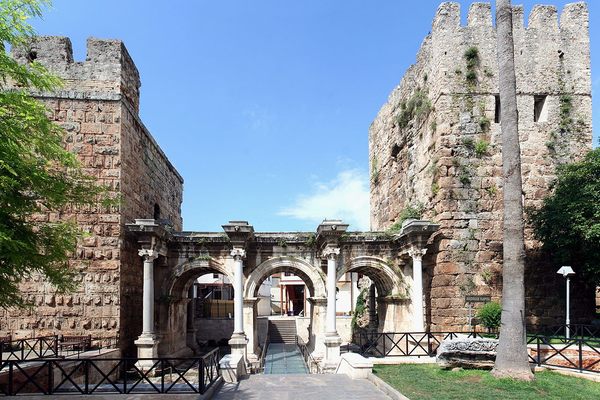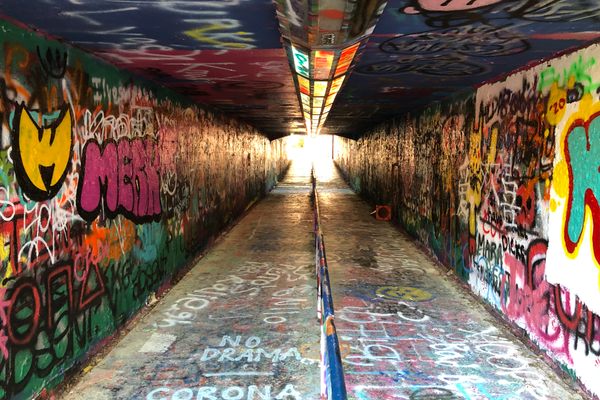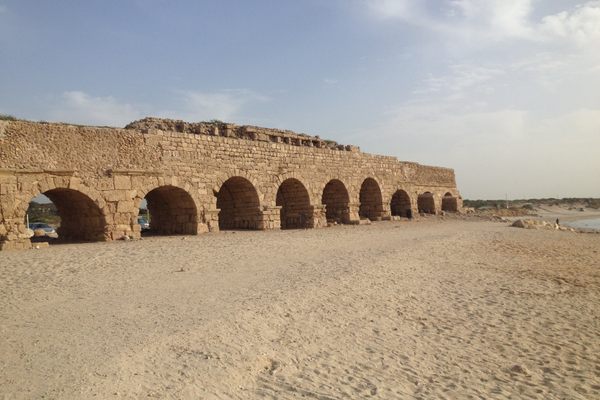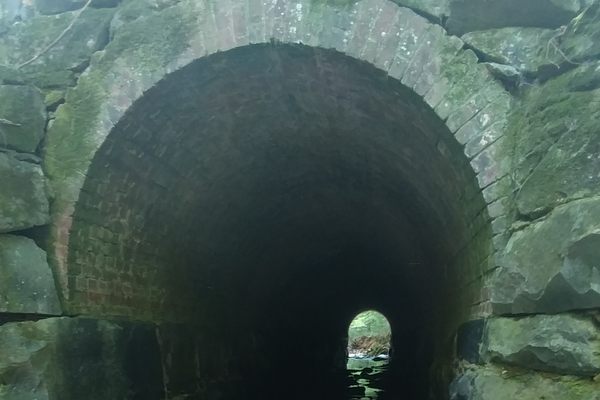About
In ancient times, Fucine Lake in Abruzzo, Central Italy, was a large endorheic lake with no natural outflow. The lake provided fish and fertile soil but was also the source of malaria and frequently flooded, so the Romans tried to drain the entire basin.
To accomplish this ambitious goal, Roman Emperor Claudius commissioned the construction of a system of canals, tunnels, and wells between 41 and 52 CE. Over 30,000 slaves and workmen are believed to have manually dug the tunnel system.
The main underground canal is a little over three miles (six kilometers) long and was the longest tunnel of its time, until the construction of the Fréjus Rail Tunnel in 1871. The hydraulic works allowed water to flow out of the Fucine Lake into the Liri River on the other side of the mountain. To celebrate the inauguration of the tunnel and the drainage of the lake, Claudius organized a naval battle to be held in the basin.
Thanks to these works, the water level was lowered, but never completely emptied. After the fall of the Roman empire, lack of maintenance and earthquakes damaged the structures and the lake returned to previous levels, before being drained in 1878. The ancient tunnel area has since been turned into an archaeological park.
Related Tags
Flavors of Italy: Roman Carbonara, Florentine Steak & Venetian Cocktails
Savor local cuisine across Rome, Florence & Venice.
Book NowCommunity Contributors
Added By
Published
June 3, 2021
